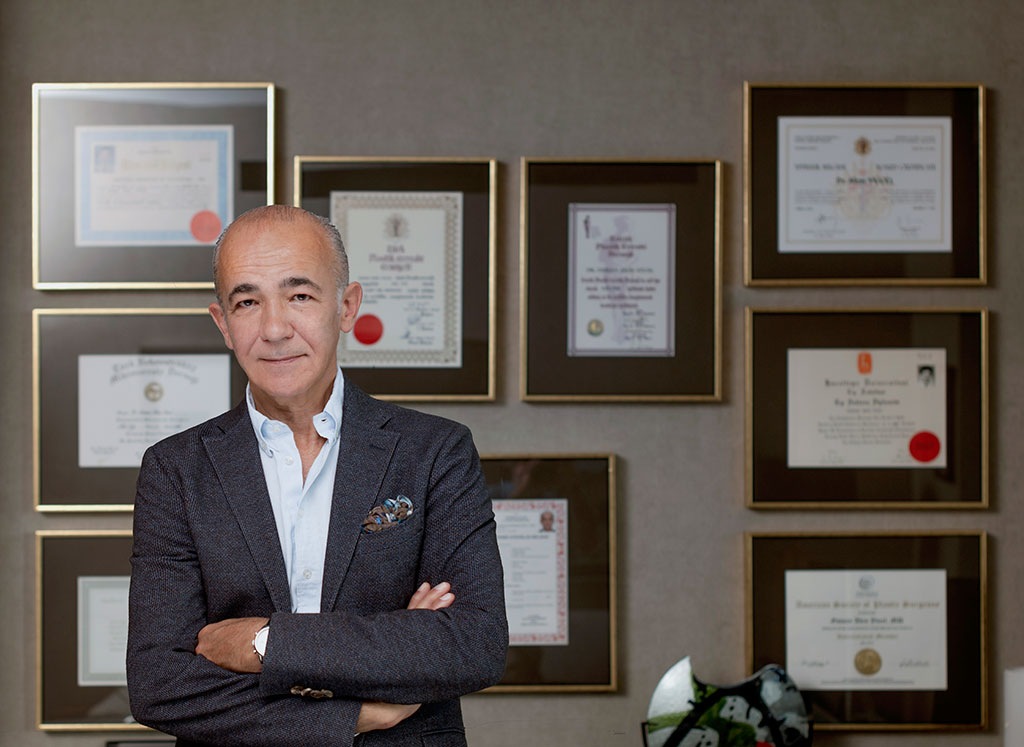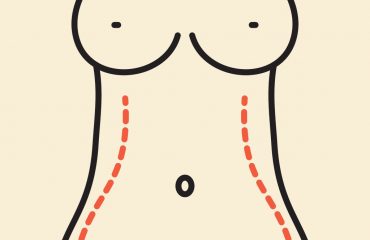Our hands give away our age. With age, the subcutaneous tissue on the back of our hands becomes thinner, the veins shine through and age spots appear. Plastic surgery offers various methods to rejuvenate our hands.
Frequently asked questions about hand rejuvenation:
What methods are available?
Fat plus stem cell injections give volume, pure hyaluronic acid and PRP improve skin quality and provide deep moisture; age spots are removed through chemical peeling or microdermabrasion.
Who is a good candidate for this therapy?
For everyone whose hands betray signs of ageing. The following age-related changes become visible in our hands:
- Loss of subcutaneous tissue reduces volume, the skin becomes loose and wrinkles appear, veins and bone contours become clearly visible.
- The skin dries out and becomes thin as parchment
- Red and brown age spots emerge as a result of sun damage. In the worst case, they may lead to cancer.
How is the treatment performed?
The therapy comprises several stages or individual treatments:
- Fat injections: For this purpose body fat is taken, purified and concentrated and injected under the skin on the back of the hand. The injected fat tissue contains stem cells which help to repair and renew the tissue.
- Fillings: Injections with hyaluronic acid (HA) to refill lost volume require a less sophisticated procedure than fat injections. HA can be injected in an office environment and lasts for over one year.
- Deep moisture: To achieve a deep moisturising effect, pure HA is injected under the skin. This requires 4 sessions at 2-week intervals. The treatment is repeated annually to achieve a long lasting effect.
- Platelet rich plasma (PRP): A small sample of own blood is centrifuged in order to obtain concentrated growth factors which are injected under the skin. PRP promotes tissue rejuvenation. PRP is applied alone or in conjunction with fat and HA injections.
- Microdermabrasion: The top layer of the skin is removed with the aid of rapidly spinning small discs with an abrasive surface. An anaesthetic crème is applied to the skin before the treatment to numb any pain. Microdermabrasion is carried out in an office environment.
- Chemical peeling: Spots and light wrinkles are peeled off with the aid of weak and more concentrated acids.
Does the treatment require anaesthesia?
Fat injections are performed in a clinical environment and under local anaesthesia or sedation, all other procedures in the surgeon’s office. An anaesthetic crème is used to numb the skin.
How long does the treatment take?
Fat injections take about 1 hour; treatments in the surgeon’s office about 30 minutes.
Is the treatment painful?
No. A local anaesthetic is applied to the affected skin.
What is a hand rejuvenation package?
The package comprises the following treatments: deep dermal fillers, microdermabrasion to remove blotches, two PRPs at an interval of one month and 4 HA injections at 2-week intervals. It is recommended to repeat the therapy once or twice a year.
What happens after the treatment?
After fat injections, patients can go home the same day. Swelling and bruising may appear and last for a few days. The next day, the patient can take a bath. After dermal filler applications, PRP and HA injections, swelling and bruising may appear but they do not prevent patients from going about their daily routines. Microdermabrasion treatment can be associated with skin redness, and scale formation may occur. Plenty of moisturising crème and good sun protection are absolutely necessary.
What problems can occur after the treatment?
The fat injections and the fillers may prove insufficient. In that case, additional injections are necessary.
Is the result permanent?
Part of the injected fat is absorbed; in general, however, the desired result is achieved. The stem cells in the fat cause a permanent rejuvenation of the skin. PRP, HA and microdermabrasion need to be repeated every 1-2 years.


